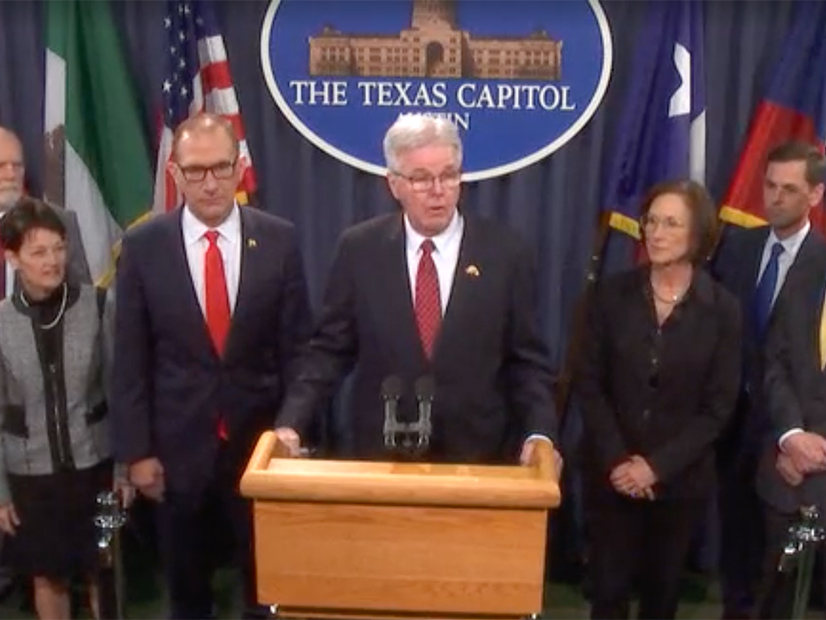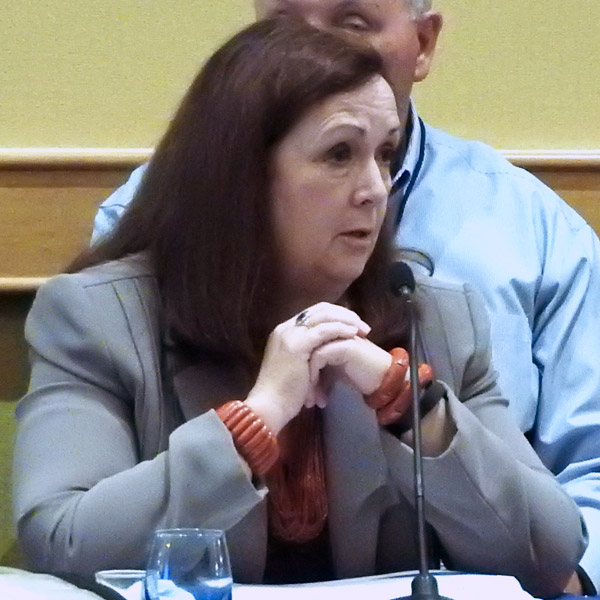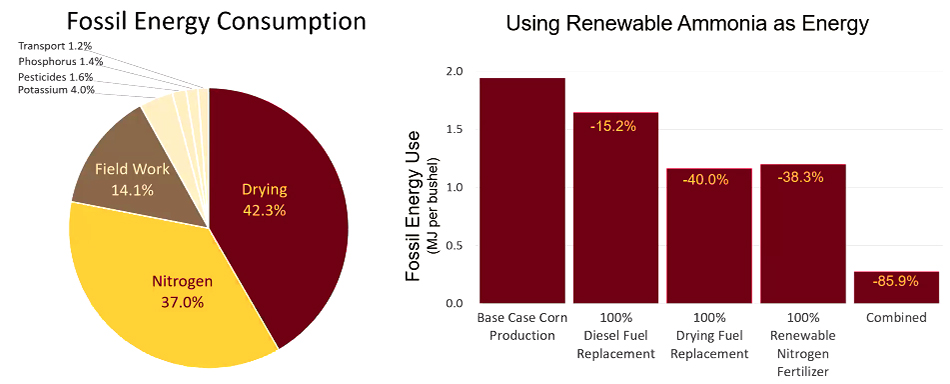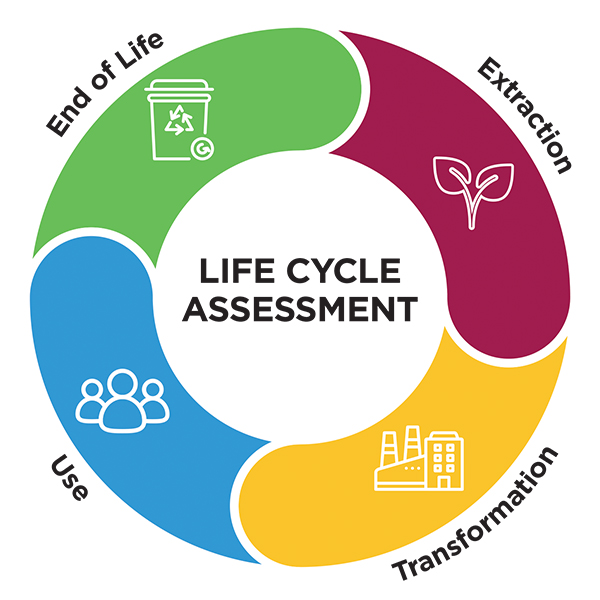Texas lawmakers Thursday laid out a legislative package that threatens the state’s renewable industry and provides generous incentives to dispatchable generation.
Sen. Charles Schwertner (R), chair of the Business and Commerce Committee, listed seven bills and three more by Vice Chair Phil King (R) that he said would address the operational flexibility and resource adequacy “needed to power Texas into the future.” That parroted language used by ERCOT CEO Pablo Vegas during the grid operator’s most recent board meeting. (See related story, ERCOT’s Vegas Makes His Case for PCM.)
The bills would create a reserve market of 10 GW of gas-fired generation; require that, effective next year, 50% of capacity installed in the state be dispatchable; institute a firming requirement for all resources and load-serving entities; and mandate that generation be built closer to load to reduce transmission costs.
Asked whether the legislation can be interpreted as saying that lawmakers want to focus more on dispatchable energy rather than renewable energy, Schwertner, flanked by signs that read “Powering Texas Forward,” said, “That’s absolutely correct.
“I think it is important that we state the facts,” Schwertner said. “Certainly, renewable penetration is significant, and when it gets too high, because of the variability and lack of performance at critical times … we need that dispatchable generation to balance out and assure that we have a grid that’s performing in times of critical need.
“We’ve got companies that are wanting to invest here. We have to have generation that performs when it’s critically necessary, and that’s dispatchable generation that can be counted on when the wind is not blowing and the sun is not shining. It’s absolutely critical that we level the playing field and balance out that market,” he added.
Advanced Power Alliance CEO Jeff Clark said many of the bills would “dramatically” raise consumer costs, distort the free market and “stifle” advancements in innovative technologies that would provide “a more affordable, reliable and resilient electric grid.”
“Serious policy proposals have been put forth by stakeholders since Winter Storm Uri, and this suite of anti-renewable bills spits in the face of the many productive conversations that have taken place regarding how best to solve the issues we face in Texas,” Clark said. “Grid reliability events are caused by a variety of factors, and the Texas Legislature should be laser-focused on addressing those issues, not searching for ways to tax cheap energy and increase profits of existing generators. The Texas Senate is playing a high-stakes game of politics, with no attention paid to who will lose in the end: Texas consumers.”
The legislation is a response to the deadly February 2021 winter storm, also known as “Uri,” that almost brought the Texas grid to its knees, killed hundreds of residents and inflicted billions in economic damage. A joint FERC–NERC inquiry into the storm found natural gas facilities accounted for more than 50% of unplanned outages, de-rates and failures to start during the storm. (See FERC, NERC Release Final Texas Storm Report.)
The gas fleets in ERCOT and other RTOs and ISOs suffered similar problems during the winter storm in December last year.
 Texas Lt. Gov. Dan Patrick (center), standing with state senators, explains the need for more thermal generation in the ERCOT market. | The Texas Senate
Texas Lt. Gov. Dan Patrick (center), standing with state senators, explains the need for more thermal generation in the ERCOT market. | The Texas SenateLt. Gov. Dan Patrick, who leads the Senate, called the proposals a “bold agenda” that will “fix the Texas power grid once and for all.”
“I have been abundantly clear that we need to bring new dispatchable (primarily new natural gas plants) generation online as soon as possible to make sure that Texans have reliable power under any circumstance,” Patrick said in a statement.
He has included two of the bills, SB6 and SB7, as two of his top 10 priorities for the current legislative session that ends May 29. Schwertner drafted both bills.
SB6 would establish an “energy insurance program” by offering state-backed loans as low as 1% to build 10 GW of natural gas generation, similar to a program that the state uses for water projects. The units in the program would operate under a last-on, first-off construct. The program’s transmission and distribution costs would be allocated to retail customers in ERCOT.
“This is not building a capacity market; it is an insurance product,” Schwertner said. “The energy-only market has been very successful here in Texas at keeping costs down. But it is again important to have a backup system so that Texans can be reassured that we have the power necessary in times of crisis.”
SB7 would create a new day-ahead ancillary service product, a dispatchable reliability reserve service with two-hour ramps and four-hour runtimes, targeted at dispatchable resources. The bill would also address “market distortions” caused by federal tax credits for “less reliable generation,” Schwertner said.
“Reliability comes at a cost, and for too long that cost has not been shared equally between intermittent and firm generation,” he said.
The bill would also institute a firming or reliability requirement “in a nondiscriminatory manner” on a cost-causation basis. Procurement costs for ancillary and reliability services would be allocated to both dispatchable and non-dispatchable resources and LSEs “in proportion to their contribution to net load variability over the highest 100 hours of net load in the preceding year.”
SB2015, authored by King, would require the Public Utility Commission to monitor each generation company, municipal utility or cooperative operating in the state and to ensure they meet the legislature’s intent that 50% of capacity installed in Texas after 2023 is dispatchable.
The bill would also direct the PUC to establish a dispatchable generation (e.g., natural gas) energy credits trading program. Power providers that are short of the 50% requirement would be required to purchase enough credits to satisfy the requirement.
A second King bill, SB1287, would set a cap on the cost Texans pay when new generation is interconnected to the grid, the idea being to site them closer to existing transmission.
“Everything above, that is going to be paid for by the company that’s building that power facility,” King said. “That will be a tremendous incentive to better site those instead of going out and looking for the cheapest land, which often ends up in a very remote area.”
Other bills include:
- SB2010, which would require ERCOT’s Independent Market Monitor to immediately report any potential market manipulation or rule violations to the PUC;
- SB2011, which would update voluntary mitigation plan requirements to protect ERCOT’s wholesale market against market power abuse;
- SB2012, which would add guardrails to the PUC’s proposed performance credit mechanism to ensure any rate increases are “manageable and go directly toward improving reliability through dispatchable generation”;
- SB2013, intended to protect the grid against sabotage and hostile foreign powers; and
- SB2014, which would eliminate a state subsidy paid by state consumers to renewable generation.
The bills were filed by Friday’s deadline. Any legislation will have to be coordinated with the House State Affairs Committee, chaired by Rep. Todd Hunter (R), who has positioned himself as a protector of consumer costs since the 2021 storm.





